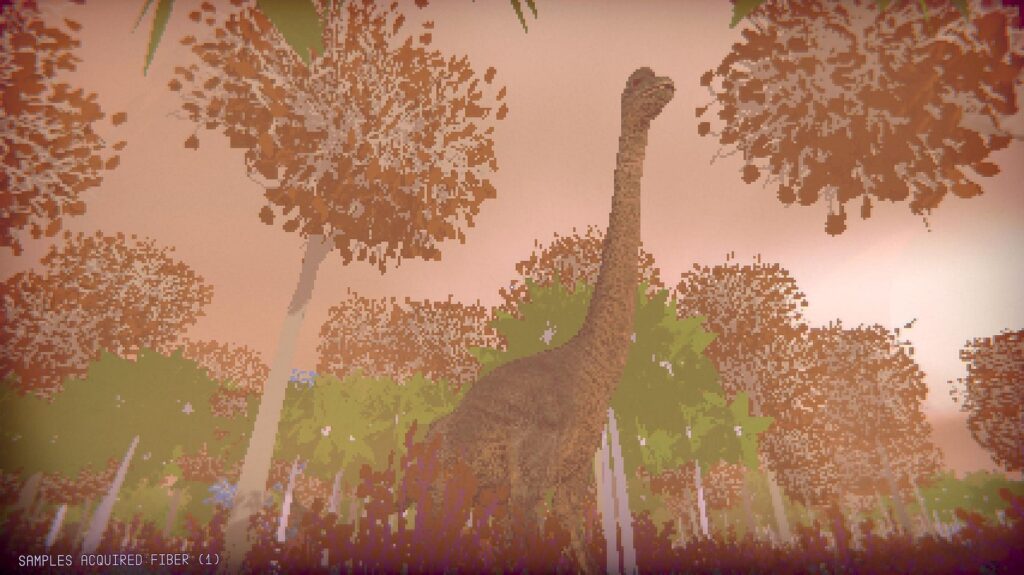
PC
Imagine a modest No Man’s Sky set in Proteus. That gets you a long way toward understanding the splendid Miro, both in style and substance. This is a vast game of exploring planets, combined with a solid sci-fi storyline told to you as you progress, all presented in super-lo-fi graphics that allow everything to feel significantly more organic.
Much of the story of Miro, who you are, why you’re there, is told to you as you get deeper in, so to offer a pithy summary is actually quite a spoiler. But it’s safe to say that the MIRO is a scientific space vessel, at least once exploring distant planets. Now, you find yourself alone on board, most of the doors locked, being given instructions by an unidentified voice and equipped with the ability to take a shuttle down to the surface of a range of different planets.
Each planet is procedurally generated, including–it seems–the core storyline planets, populated by the most bizarre mixes of flora and fauna. Plants can often seem alien, but at other times look like Earthly deciduous trees. The animals, meanwhile, are all instantly recognisable, given they’re a bemusing mix of all manner of dinosaurs, then rhinos, alligators, deer, bears, butterflies, komodo dragons, and many more. Why are so many Earth animals here? Why are so many of them from so many different points in history? And why are you stumbling upon abandoned buildings, long-broken satellite dishes, fallen-down bridges, and even ruined cities?
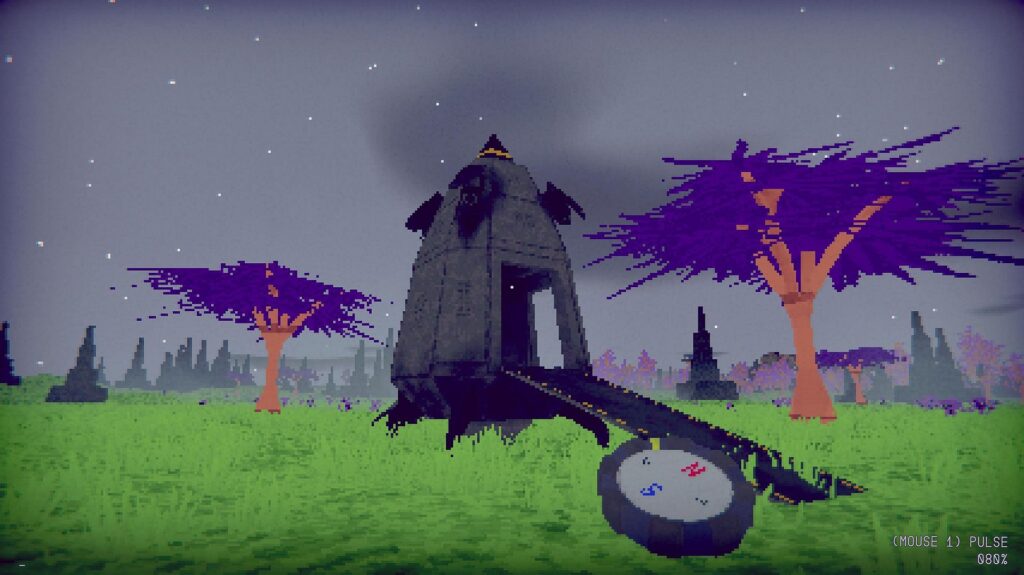
Of course, figuring all that out is the story, and it’s a neat one! Playing the game is far more about exploration and the gathering of resources. Here, imagine a space-bound Subnautica, or given the cube-like nature of most resources, that replicator in Prey, where all the items you gather can be taken back to the MIRO, and then used by a machine to replicate new items, bandages, and most importantly, improvements to your suit and tools.
The MIRO slowly opens up to you as you progress through the story, and with new rooms come new useful items. Exploration on planets by foot is pretty slow work, especially given the enormous size of each explorable area, so getting a hoverbike working is pretty essential. That requires gathering enough of the right resources, and then figuring out combinations of them all in the Science Terminal to tweak everything to perfection. (Forget double-jump, I currently have sextuple-jump.) After a good few hours, I’m now flinging myself around the surfaces of planets with my bike, jumping, and splendid grapple.
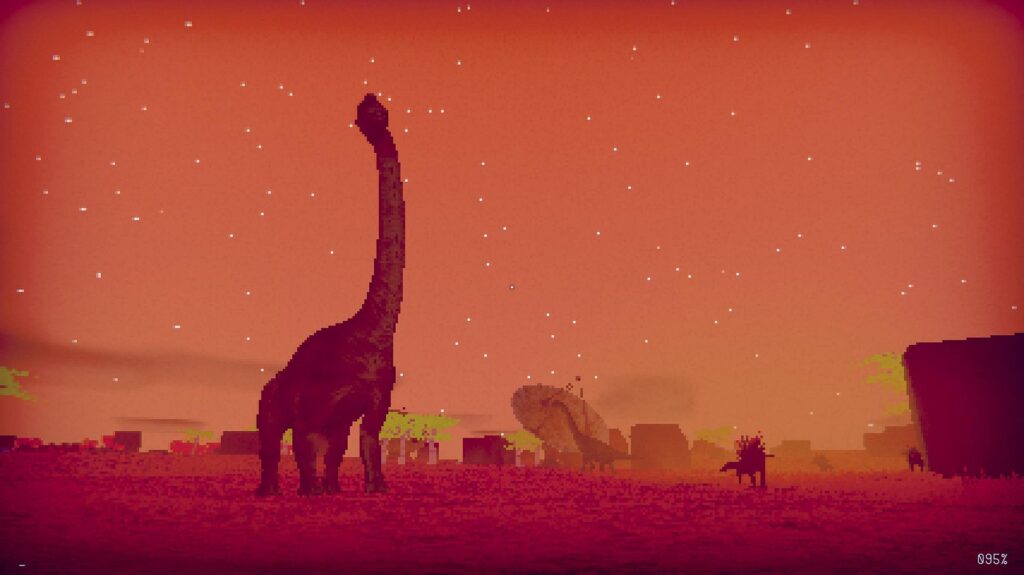
What works so well here is that despite being in many ways a narrative-led linear story, the way you play is so extraordinarily open. I’ve often found myself deliberately landing on a new planet, just so I can spend an hour roaming around, finding many of the key locations, hoovering up resources, and staring in astonishment at the size of a new species of dino, even though I had no core goals in mind. It’s relaxing, in the way that NMS used to be, plus I’m always grateful for the extra piles of useful stuff I return with. There is an ending, and it’s a satisfying conclusion to a good story, but don’t feel compelled to rush toward it.
I should say, I’ve had a fair few glitches. However, rather crucially, on reporting progression-impeding bugs, developer Trevis had a patched version up within hours! I think I’ve inadvertently smoothed out the main issues through the magic of reviewing Miro, although I should note one significant issue remains–when I boot the game, the “Continue” option isn’t appearing. Instead I have to start a new game, quit out of it, and then it appears. It’s something that’s being worked on. (Although the developer name, “Lost Saved Data_” did become somewhat less amusing the first time I read it when seeing my game wasn’t there!)
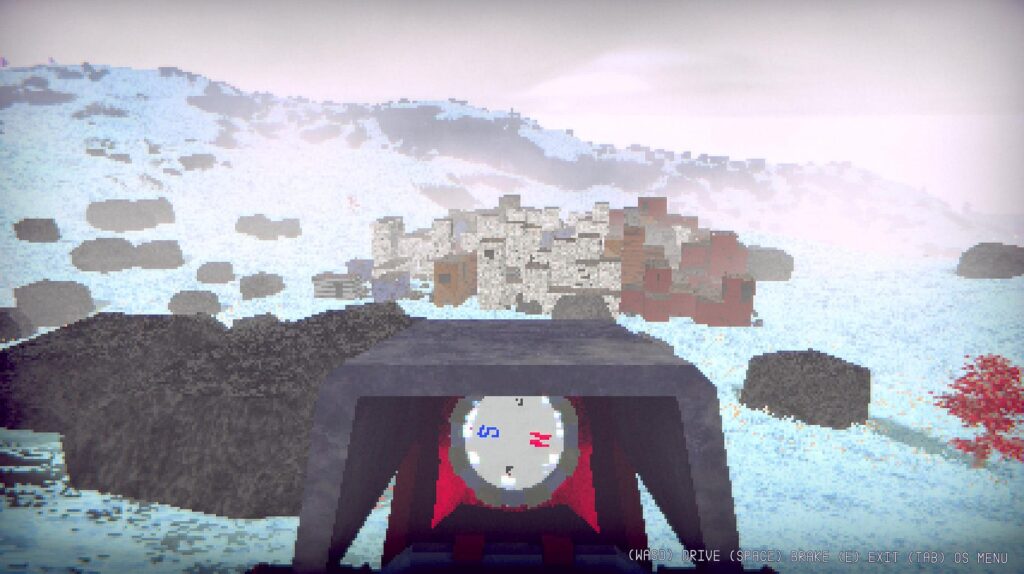
An open-world Proteus is quite the selling point on its own, but Miro is so much more with its story, crafting, and ever-more powerful means of perambulation. This is the work of three people, and it’s unquestionably crude around the edges. But I’ve had such a splendid time playing this, merrily wiling away hours just poking around on planets, even if it’s to meticulously open every cargo container in a large, abandoned storage facility, out of sheer completism. With proc-gen planets, everywhere looks different, and while the creatures are all pre-made, there’s so much variety that even by the end I was seeing animals I’d not encountered before.
Keep things in perspective: this obviously isn’t No Man’s Sky. It’s a small indie game with a far more limited scope, and a far greater desire to tell you an interesting tale. (There’s a very generous demo, too.) But it’s such a massive achievement, the aesthetic is wonderful (including excellent music), and it entirely entwined me in its compelling loops. Loved it.
- Lost Saved Data_
- Steam
- £13/$15/€15
- Official Discord
All Buried Treasure articles are funded by Patreon backers. If you want to see more reviews of great indie games, please consider backing this project.
82



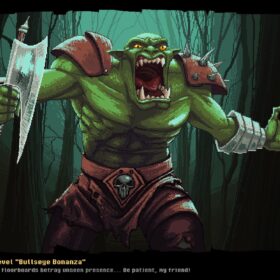
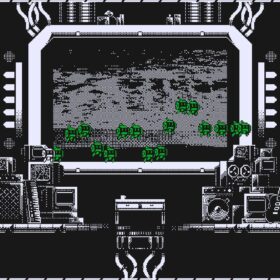
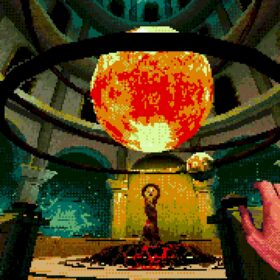
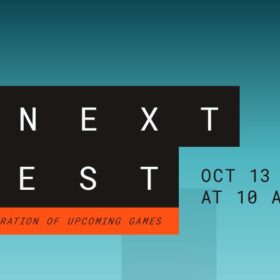
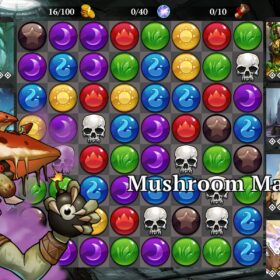
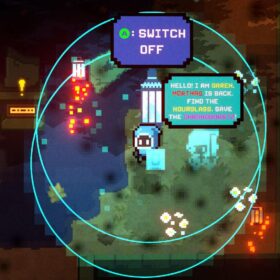


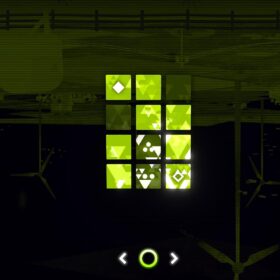
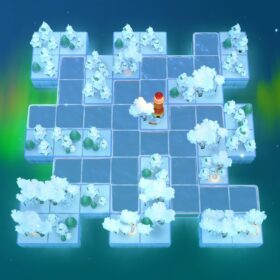
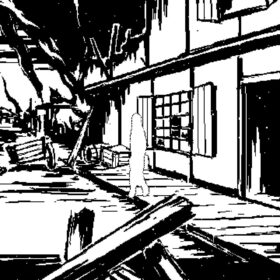

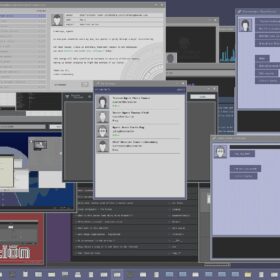

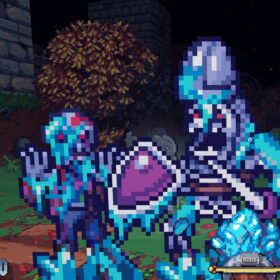
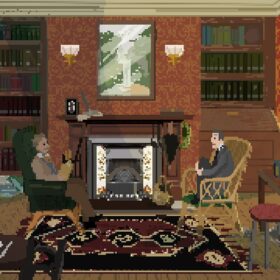

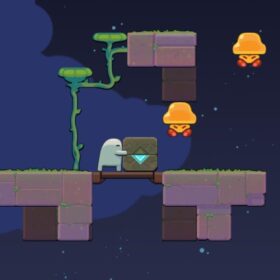
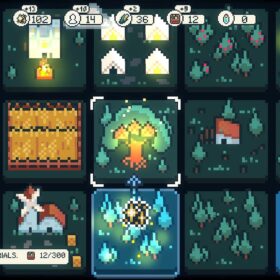

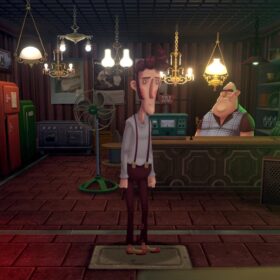
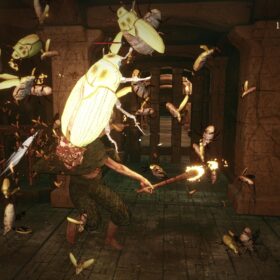

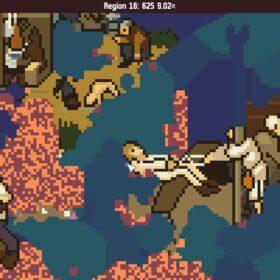
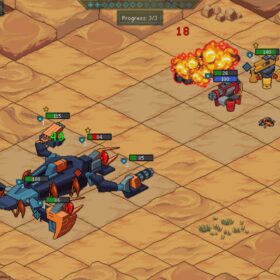

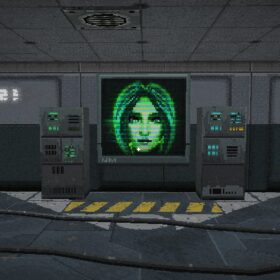
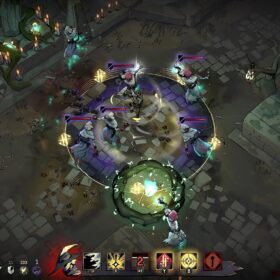
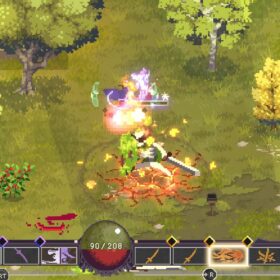
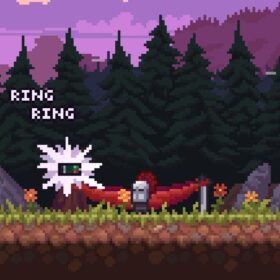
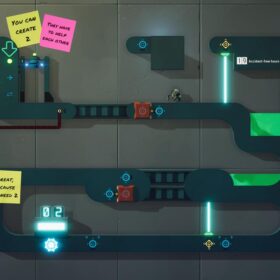
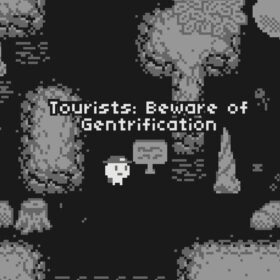
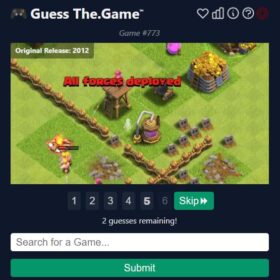

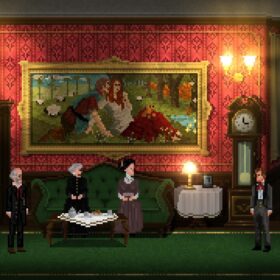

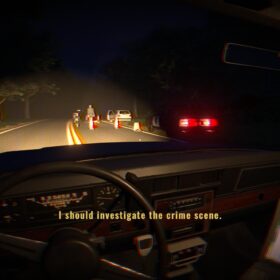
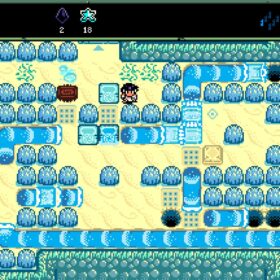
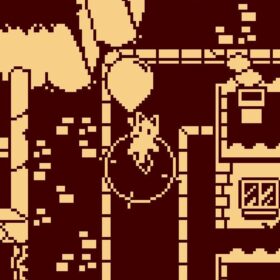
This review made me emotional. I feel very happy!
Thank you so much, I’m really glad you enjoyed it.
And I think I fixed the continue issue. I think…
And this is why I continue to be a patron. Great stuff! Can’t wait to try this out!
This looks wonderful. Is there a third-person view?
such a gem. thank you for the discovery!